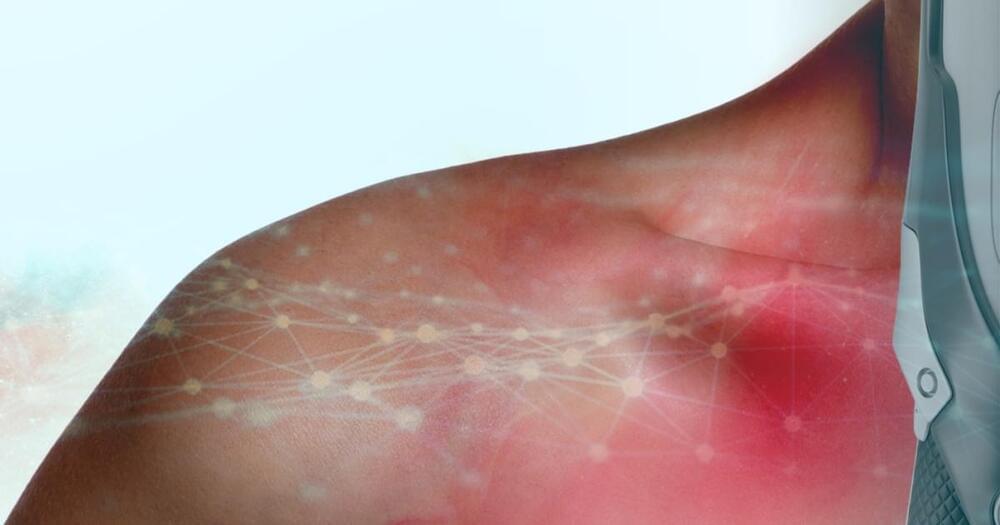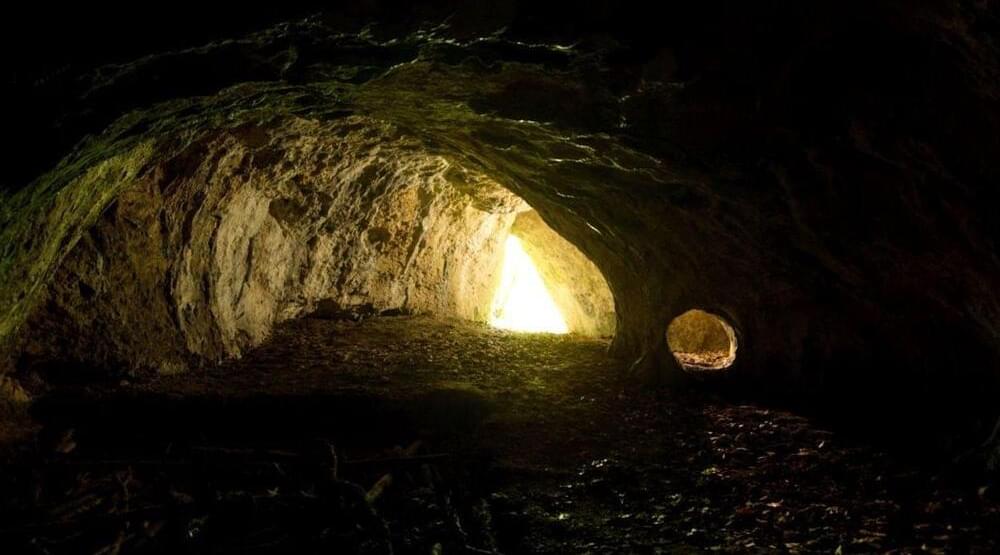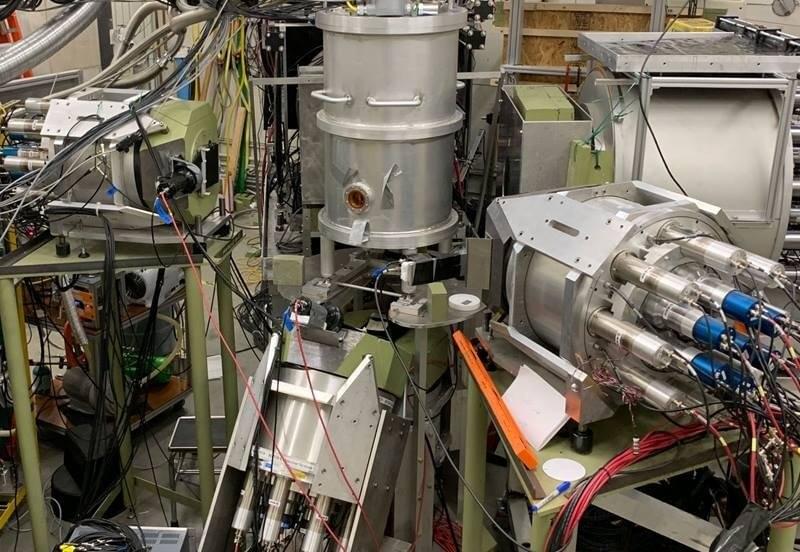Meta security team has identified more than 400 malicious Android and iOS apps that have stolen users’ Facebook login credentials.




This might be gettin out of hand.
Ukrainian leader Volodomyr Zelensky has said that he believed Moscow was laying the groundwork for a possible nuclear attack.
“They begin to prepare their society. That’s very dangerous,” he told the BBC.
“They are not ready to do it, to use it. But they begin to communicate. They don’t know whether they’ll use or not use it. I think it’s dangerous to even speak about it.”
An undergraduate and his supervisor ran the numbers and found paradox-free time travel to be mathematically consistent.

Brain inspired playlist.
Share your videos with friends, family, and the world.


An evolutionary approach to consciousness can resolve the ‘hard problem’ – with radical implications for animal sentience by Nicholas Humphrey + BIO.

The proton is a composite particle made up of fundamental building blocks of quarks and gluons. These components and their interactions determine the proton’s structure, including its electrical charges and currents. This structure deforms when exposed to external electric and magnetic (EM) fields, a phenomenon known as polarizability. The EM polarizabilities are a measure of the stiffness against the deformation induced by EM fields. By measuring the EM polarizabilities, scientists learn about the internal structure of the proton.
This knowledge helps to validate scientific understanding of how nucleons (protons and neutrons) form by comparing the results to theoretical descriptions of gamma-ray scattering from nucleons. Scientists call this scattering process nucleon Compton scattering.
When scientists examine the proton at a distance and scale where EM responses dominate, they can determine values of EM polarizabilities with high precision. To do so, they use the theoretical frame of Effective Field Theories (EFTs). The EFTs hold the promise of matching the description of the nucleon structure at low energies to the current theory of the strong nuclear force, called quantum chromodynamics (QCD). In this research, scientists validated EFTs using proton Compton scattering. This approach also validated the framework and methodology that underlie EFTs.